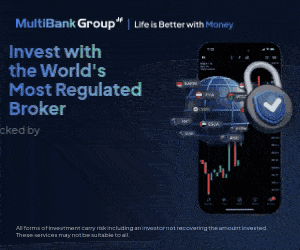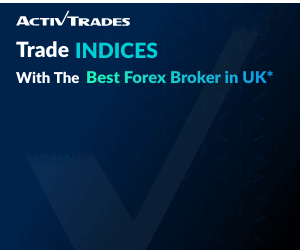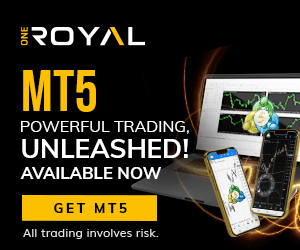As a trader in the forex market, it’s crucial to have a clear understanding the very important concept of margin level in forex trading and its significance. This discussion will explain what margin level is and why it is important for traders in their decision-making process.
What is Margin Level?
Margin or calculate margin level in forex refers to the percentage value that indicates the relationship between the trader’s equity and used margin. It provides insights into the health of a trading account and determines the amount of available funds for additional trades.
Why is Margin Level Important?
Margin level serves as a risk management tool. It helps traders assess the impact of open positions on their accounts and avoid potential margin calls.
A higher margin level implies more available funds, allowing traders to take advantage of additional trading opportunities or increase position sizes.
Monitoring the margin level helps traders gauge the overall health of their trading accounts. It can indicate whether the account is properly managed and if adjustments need to be made.
Calculating Margin Level: The formula to calculate margin level is simple. It is expressed as a percentage:
Margin Level = (Equity / Used Margin) x 100
Maintaining a healthy margin level is essential to ensure the longevity and success of forex trading endeavors.

Table of Contents
ToggleOverview What is a Margin Level in Forex?
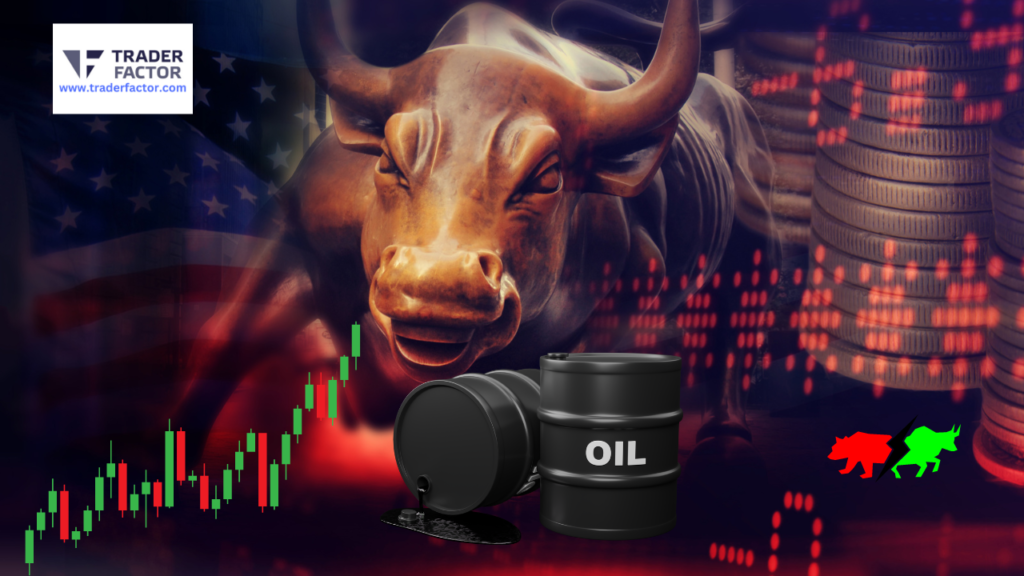
Understanding margin level is vital for forex traders to effectively manage their risk, make informed trading decisions, and maintain the health of their trading accounts. By closely monitoring margin levels, traders can optimize their trading strategies and minimize potential risks. It is important to remember that maintaining a healthy margin level is crucial to ensure the longevity and success of forex trading endeavors.
Traders should regularly assess their margin level, adjust their positions if necessary, and implement risk management strategies to protect their capital. With a solid understanding of margin level, traders can take more positions, navigate the forex market with confidence more cash, and increase their chances of using new positions and achieving profitable outcomes.
Important Terms To Keep In Mind
Margin Levels and a Margin Call
These are important concepts in trading, particularly in the context of leveraged trading such as forex.

Margin level refers to the ratio of equity to the amount of margin being used in a trading account. It is calculated by dividing the equity (the total value of funds in the account, including profits and losses) by the amount of margin being used (the amount of funds required to open and maintain positions). The resulting ratio is then multiplied by 100 to express it as a percentage.
A healthy margin level indicates that most brokers and the trader has sufficient funds to cover their open positions and potential losses. Generally, brokers have minimum margin level requirements that traders must maintain to make open trades and avoid margin calls.
A margin call occurs when a trader’s margin level falls below the broker’s specified minimum level. It is a notification from the broker to the trader that additional funds need to be deposited into the trading account to bring the required margin level back up. This is necessary to ensure that the trader has enough funds to cover potential losses and continue trading.
When a margin call is triggered, traders typically have a limited amount of time to make further trades or add funds to their account. Failure to make further trades or meet the margin call requirements may result in the broker automatically closing out the trader’s positions to prevent further losses.
Margin calls are essential risk management measures to protect both traders and brokers from excessive losses. They help ensure that traders maintain adequate margin levels and manage their risk properly.
It is crucial for traders to monitor their margin levels regularly, especially when using leverage, to avoid margin calls and potential account liquidation. Proper risk management, including setting appropriate stop-loss orders and position sizing, is vital to maintain healthy margin levels and navigate the volatile nature of financial markets.

Forex Margin Calculator
A forex margin calculator is a valuable tool that assists traders in determining the required margin for their trades. It helps to calculate forex margin, the amount of funds needed to open a position and maintain positions in the forex market, considering factors such as account currency, currency pair, leverage, and trade size.
Using a forex margin calculator enables traders to make informed decisions about position sizing and risk management. By inputting the necessary information, such as the currency pair and trade size, the calculator calculates the required margin and provides traders with a clear understanding of the funds they need to allocate to a specific trade.
The margin requirement calculator takes into account leverage, which allows traders to amplify their trading positions. Leverage magnifies both profits and losses, making it crucial for traders to manage their own margin required levels effectively. The margin calculator helps traders maintain an adequate margin level by indicating the necessary margin requirements.
Various online platforms offer forex margin calculators with user-friendly interfaces and provide accurate calculations based on real-time data.
It is important for traders to utilize forex margin calculators regularly to ensure that their trades align with their risk tolerance and account balance. By using these tools to calculate margin call, traders can make more informed trading decisions and minimize the risk of receiving margin calls or facing account liquidation.

What Is Free Margin in Forex?
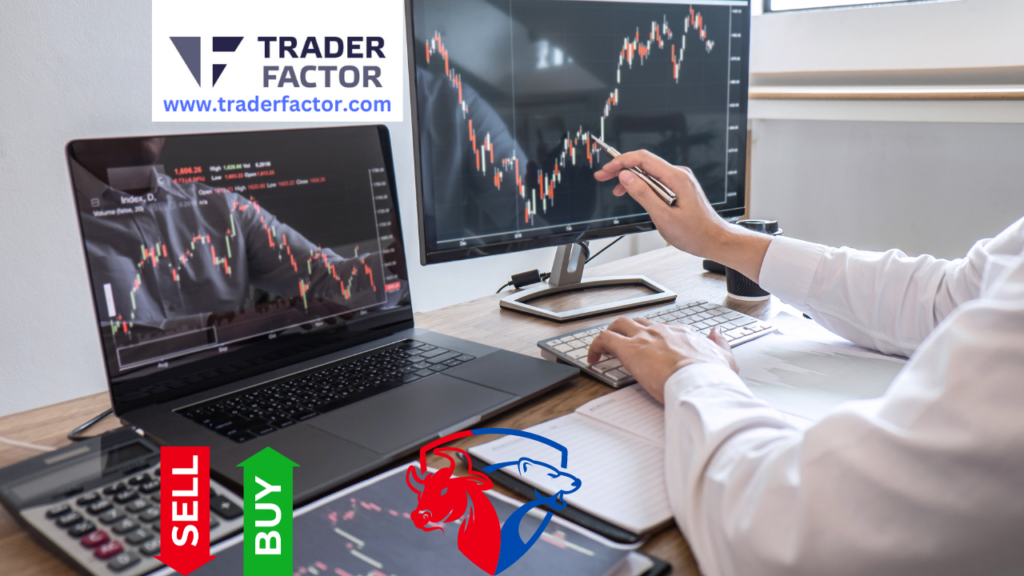
Free margin in forex refers to the amount of equity available in a trader’s account that is not tied up as margin for current or open trades or positions. It is sometimes referred to as “usable margin” or “available margin in forex.” Free margin in forex is the funds that traders can use to open new positions or trades or cover losses from existing positions.
The calculation of free margin involves subtracting the margin level equity used as margin (the amount of equity reserved as margin for open positions) from the total value of equity in the trading account. The resulting value represents the funds that are available and not being used as margin trades open up.
Having sufficient free margin is a very important concept for traders because it allows them to take advantage of new trading opportunities and manage their risk effectively. It provides flexibility and ensures that there is enough capital available to maintain positions and handle potential losses.
Forex Free Margin Example
Let’s say you have a trading account denominated in USD and you want to trade the EUR/USD currency pair. Here’s an example of how to calculate the free margin:
Assuming your trading account has a balance of $10,000, and you decide to buy 1 lot (100,000 units) of EUR/USD with a leverage ratio of 1:100.
The margin requirement is typically expressed as a percentage.
Let’s say the margin requirement for EUR/USD is 2%.
First, we need to calculate the margin required for the trade:
Margin = Trade Size / Leverage Margin = 100,000 / 100 Margin = 1,000
Next, we calculate the used margin
Used Margin = Trade Size / Leverage Used Margin = 100,000 / 100 Used Margin = 1,000
Finally, we can calculate the free margin
Free Margin = Account Balance – Used Margin Free Margin = $10,000 – $1,000 Free Margin = $9,000
In this example, your free margin of profit would be $9,000.
Please note that margin requirements can vary depending on your broker and the currency pair you are trading. It’s always important to check with your broker or use their margin calculator to get accurate figures for your specific trades.

How to Calculate Forex Margin Levels?
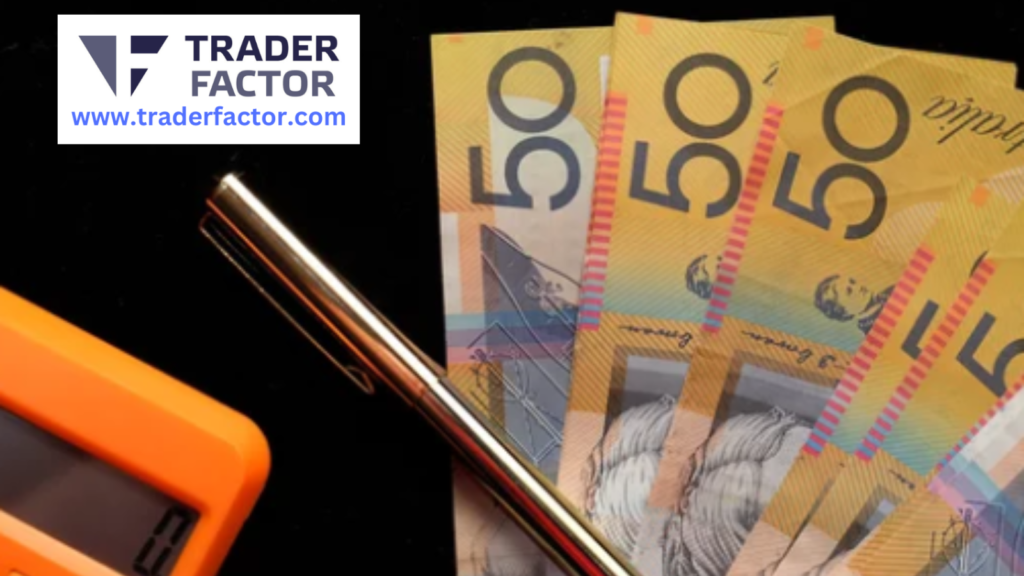
To calculate Forex trader margin levels, for example, you need to understand a few key concepts. Margin is the amount of money required to open and maintain a position in the Forex market. It is money that is cash that acts as a collateral for your trades and allows you to leverage your trading capital.
Here’s a general formula for calculating Forex margin levels:
Margin Level = (Equity / Used Margin) x 100
Equity refers to the current value of your account balance, including any unrealized profits or losses.
Used Margin represents the amount of funds that are already being used to maintain your open positions.
The margin level calculation helps you assess the percentage or amount of margin in your funds that are currently being used and how much available margin you have left. A higher margin level indicates a healthier account with more room for any new positions and trades, while a lower margin level may trigger a margin call or stop out.
It’s important to note that different brokers may have slightly different formulas or requirements for calculating margin levels. Therefore, it’s always advisable to consult your specific broker’s guidelines or use their provided margin calculator for precise calculations.

ESMA Trading Margin and Leverage Limits
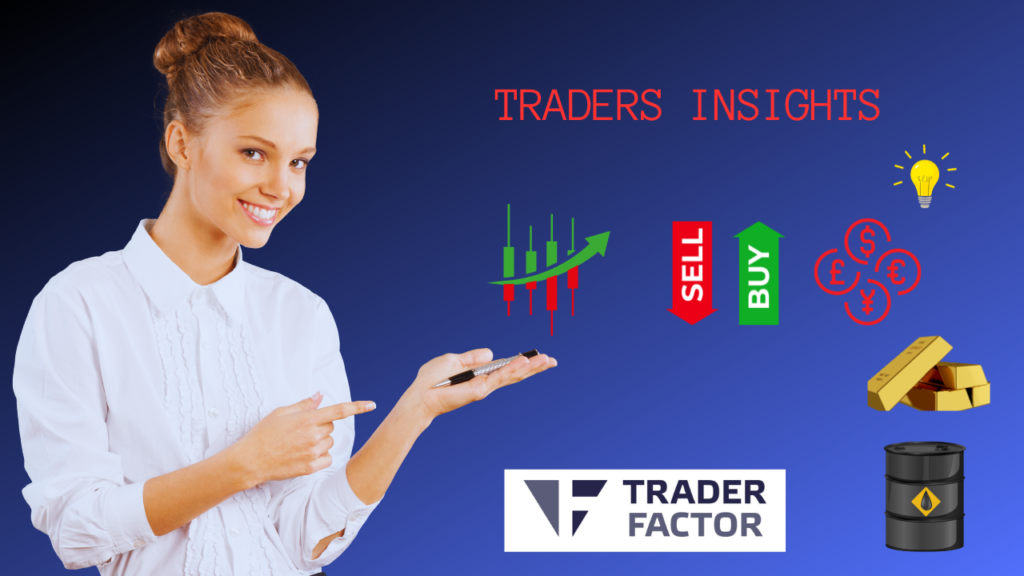
The European Securities and Markets Authority (ESMA) has implemented trading margin and leverage limits for retail traders in the European Union (EU). These regulations aim to protect retail traders from excessive risk exposure in leveraged trading.
Here are some key points regarding ESMA’s trading margin and leverage limits:
The maximum leverage allowed for major currency pairs is 30:1. This means that for every €1 in your trading account, you can trade up to €30.
For non-major currency pairs, commodities, and indices, the maximum leverage allowed is typically lower. The specific limits depend on the volatility of the instrument.
Trading in crypto-assets is subject to even stricter leverage limits due to their high volatility. The maximum leverage for cryptocurrencies is typically set at 2:1.
ESMA requires a minimum initial margin of 3.33% for major currency pairs. For other instruments, the minimum initial margin requirement may vary.
ESMA also introduced a margin close-out rule. If a trader’s account equity falls below 50% of the required margin, positions will be automatically closed to limit further losses.
It’s important to note that these regulations only apply to retail traders within the EU. Professional traders who meet certain criteria, such as sufficient trading experience and capital, are exempt from these restrictions.

Impact of Margin Level on Trading
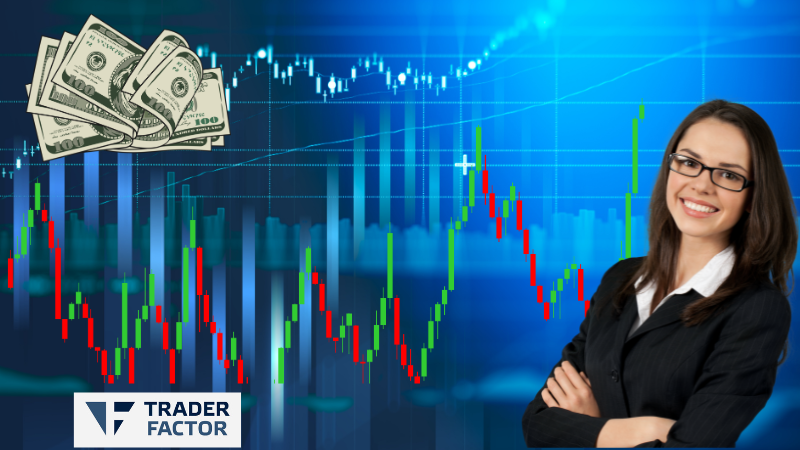
When it comes to trading in the forex market, understanding the important concept of margin level is crucial. It directly affects your trading positions and can have a significant impact on your overall trading experience. In this article, we will delve into the various aspects related to margin level and how it can influence your trading outcomes.
Leverage and Risk
One important aspect influenced by margin level is leverage. Leverage allows traders to control a larger position in the market with a smaller amount of capital. This means that even a small movement in price can result in substantial profits or losses. However, it’s important to note that while leverage can magnify potential gains, it also amplifies the risk. Maintaining an appropriate margin level is essential to manage this risk effectively.
Position Size
Margin level plays a vital role in determining the size of your trading positions. The first margin level calculated and required to open a trading position is expressed as a percentage of the total position value. A higher margin level allows you to take larger positions, while a lower margin level restricts the size of your trades. Understanding how margin level impacts trading position and size is crucial for optimizing your trading strategy and managing your risk exposure.

Risk Management
Risk management is paramount in forex trading, and margin level is an important factor to consider. A low margin level implies that you have a smaller cushion to absorb potential losses, increasing the risk of a margin call. By maintaining a healthy margin level, you can mitigate the risk of margin calls and protect your trading account from excessive losses. Implementing robust risk management strategies is essential to safeguard your capital.
Emotional Impact
Margin level can also have a psychological impact on traders. When the margin level drops, it can lead to increased stress and emotional decision-making, which may not always be rational. It is crucial to stay disciplined and maintain a balanced mindset, even during challenging market conditions. By understanding the impact of margin level drops on emotions, traders can better manage their trading psychology and make informed decisions.
Understanding the concept of margin level and its impact on trading is vital for any forex trader. It affects leverage, position size, risk management, and even emotional well-being. By maintaining a healthy margin level and employing effective risk management strategies, traders can enhance their chances of success in the dynamic and volatile forex market.

Best Practices for Managing Margin Level
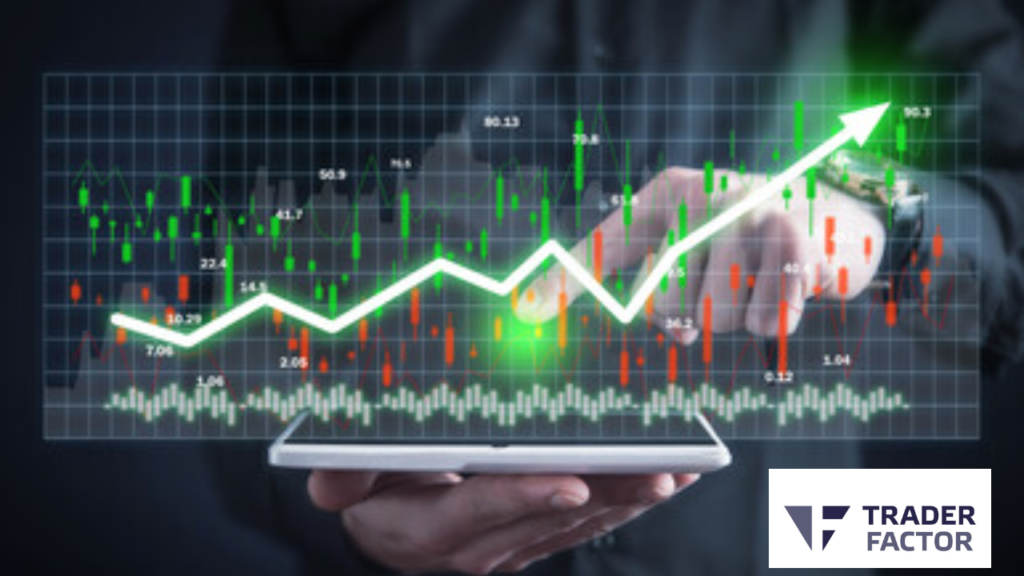
Managing margin level effectively is crucial for forex traders to maintain account health and mitigate risks. By following these best practices, traders can optimize their trading strategies and increase their chances of success.
Understand Margin Requirements
It is essential to have a clear understanding of the margin requirements set by your broker. Different currency pairs and trading instruments may have varying margin requirements. By familiarizing yourself with these requirements, you can ensure that you allocate sufficient margin for each trade and avoid margin calls.
Use Effective Risk Management
Implementing effective risk management strategies is vital for maintaining a healthy margin level. This includes setting stop-loss orders to limit potential losses, diversifying your portfolio to spread risk, and avoiding excessive leverage. By managing risk appropriately, you can protect your trading account from significant drawdowns and preserve capital.

Monitor Margin Level
Regularly monitoring your margin level is key to staying on top of your trading account’s health. Set alerts or use trading platforms that provide real-time margin level updates. If the margin level approaches a critical threshold, take immediate action to adjust your positions, reduce exposure, or add additional funds to maintain a safe margin level.
Maintain Adequate Funds
Ensuring that you have sufficient funds in your trading account is essential for maintaining a healthy margin level. Avoid overextending your trades and always keep a buffer of available funds to cover potential losses or margin requirements. Properly managing your account balance will help you avoid margin calls and unexpected liquidations.
Stay Informed
Stay updated with market news, economic indicators, and events that may impact the forex market. Keep an eye on central bank announcements, geopolitical developments, and other factors that could influence currency movements. By staying informed, you can make more informed trading decisions and adapt your strategy accordingly, reducing the chances of unexpected margin level fluctuations.
By following these best practices, traders can effectively manage their margin level and reduce the risk of margin calls or account liquidations. Remember that discipline, risk management, and continuous monitoring are key to maintaining a healthy trading account.

Psychological Aspects of Managing Margin Level in Forex Trading

Fear and Greed
Managing margin level in forex trading involves not just understanding the technical aspects but also addressing the psychological factors that can influence decision-making. Two key emotions that traders often grapple with are fear and greed. Fear can lead to hesitation, causing traders to miss out on potential profitable trades. On the other hand, greed can drive traders to take excessive risks, jeopardizing their margin level. Developing emotional intelligence and implementing strategies to mitigate fear and greed are crucial for successful margin management.
Discipline
Discipline plays a pivotal role in managing margin level effectively. It involves following a well-defined trading plan, adhering to risk management strategies, and exercising self-control. Traders must avoid impulsive decisions driven by emotions or external market noise. By maintaining discipline, traders can make rational choices that align with their trading goals and protect their margin levels from unnecessary risks.
Patience
Patience is a virtue when it comes to managing margin level in forex trading. It is important to wait for favorable trading opportunities rather than rushing into trades out of impatience. Patient traders carefully analyze market conditions, evaluate risk-reward ratios, and wait for optimal entry and exit points. By exercising patience, traders can make informed decisions that safeguard their margin levels from unnecessary losses.

Confidence
Confidence plays an essential role in managing margin level as it instills trust in one’s trading decisions. A confident trader is more likely to stick to their trading plan, execute trades with conviction, and avoid making impulsive decisions. Building confidence in forex trading requires knowledge, experience, and continuously improving skills. By developing confidence, traders can manage their margin level effectively and navigate the market with a sense of self-assuredness.
Self-awareness
Self-awareness is a critical psychological aspect of managing margin level. It involves understanding one’s strengths, weaknesses, and emotional triggers. By being self-aware, traders can identify and address any biases, cognitive distortions, or impulsive behaviors that may impact their decision-making. Through self-reflection and continuous learning, traders can cultivate self-awareness, leading to more objective and rational trading decisions, ultimately safeguarding their margin levels.
Managing margin level in forex trading requires not only technical expertise but also addressing the psychological aspects of trading. By managing emotions such as fear and greed, maintaining discipline, practicing patience, building confidence, and cultivating self-awareness, traders can effectively navigate the challenges of margin management and increase their chances of success.

Advanced Strategies for Managing Margin Level

Managing your margin level effectively is crucial for successful forex trading. Here are some advanced strategies that can help you maintain a healthy margin level and optimize your trading performance.
Use Stop Loss Orders
Implementing stop loss orders is a fundamental risk management technique. By setting a predetermined exit point for each trade, you can limit potential losses and protect your account from significant drawdowns. Stop loss orders ensure that your margin level remains within a safe range by automatically closing positions if the market moves against you.
Diversify Your Portfolio
Diversification is key to managing risk in forex trading. By spreading your investments across different currency pairs and even other asset classes, you can reduce exposure to any single position or market event. Diversifying your portfolio helps mitigate the impact of adverse market moves and contributes to maintaining a healthy margin level.
Trade with a Plan
Having a well-defined trading plan is essential for managing margin level effectively. A trading plan outlines your entry and exit strategies, risk tolerance, and position sizing. By following a plan, you can avoid impulsive trades that may put your margin level at risk. Stick to your plan and execute trades based on calculated decisions rather than emotional impulses.

Use Leverage Wisely
Leverage amplifies both profits and losses in forex trading. While leverage can enhance your trading potential, it also increases the risk of margin calls if not used cautiously. It is important to understand the leverage ratio offered by your broker and use it wisely. Consider lower leverage ratios to maintain a comfortable margin level.
Stay Informed
Keeping up with the latest market news, economic data, and geopolitical events is crucial for making informed trading decisions. Stay updated on factors that may impact the currency pairs you trade. News releases and market analysis can help you anticipate potential market movements and adjust your positions accordingly to maintain a healthy margin level.
Use Technical Analysis
Technical analysis involves studying historical price patterns and indicators to forecast future market movements. By utilizing technical analysis tools, you can make informed trading decisions based on objective data rather than emotions. Technical analysis can help you identify entry and exit points, manage risk effectively, and maintain a healthy margin level.
Take Breaks
Forex trading can be mentally and emotionally demanding. It is important to take regular breaks to avoid burnout and make rational trading decisions. Overtrading or trading when fatigued can lead to impulsive actions and potentially jeopardize your margin level. Take breaks, relax, and rejuvenate to ensure you are in the right mindset for successful trading.
Remember, managing your margin level requires discipline, risk management, and continuous learning. Implementing these advanced strategies can help you navigate the forex market with confidence and protect your trading capital.

Role of Margin Level in Choosing a Forex Broker

Margin requirements
When choosing a forex broker, one important factor to consider is their margin requirements. Margin requirements determine the amount of capital needed to open a position in and maintain positions in the forex market. Different forex brokers have varying margin requirements, which can significantly impact your trading strategy and risk management. It’s essential to choose a broker with margin requirements that align with your trading style and financial goals.
Leverage
Leverage is closely related to margin level and plays a crucial role in forex trading. It allows traders to control larger positions in the market with a smaller amount of capital. The leverage offered by a broker determines the multiplier effect on your trades. Higher leverage can amplify potential profits, but it also increases the risk of losses. It’s important to evaluate a broker’s leverage options and consider your risk tolerance before making a decision.
Margin call policy
A forex margin call occurs when the margin level in your trading account falls below a certain threshold set by the broker. It serves as a risk management mechanism to prevent excessive losses. Understanding a broker’s margin call policy is vital, as it determines how they will handle situations when your account reaches a below margin call level. Some brokers may provide a grace period to deposit additional funds, while others may close your positions immediately. Evaluate a broker’s margin call policy to ensure it aligns with your risk tolerance and trading strategy.

Trading platform
The trading platform offered by a forex broker can greatly impact your trading experience. When considering a broker, analyze their trading platform for its user-friendliness, reliability, and advanced features. A robust trading platform should provide real-time market data, charting tools, order execution capabilities, and risk management tools. Ensure that the trading platform meets your specific requirements and enables you to monitor your margin levels effectively.
Regulation
Regulation is a crucial aspect when choosing a forex broker. It provides an assurance of the broker’s credibility, transparency, and adherence to industry standards. Regulated forex brokers are required to meet certain financial requirements and maintain client funds in segregated accounts, offering protection against fraud and broker insolvency. Research the regulatory bodies overseeing the broker’s operations and verify their licensing credentials to ensure a safe and secure trading environment.
Margin level plays a significant role in choosing a forex broker. Consider factors such as margin requirements, leverage options, margin call policies, the trading platform’s features, and the broker’s regulatory status. By evaluating these aspects, you can select a broker that aligns with your trading goals, risk tolerance, and provides a reliable and transparent trading environment.

Frequently Asked Questions About Margin Level In Forex

What is a margin level in forex?
A margin level in forex refers to the percentage of a trader’s account balance that is being used to hold open positions. It is a measure of the account’s health and indicates the amount of available margin required to sustain potential losses.
How is margin level calculated in forex?
Margin level is calculated by dividing total value of the equity in your trading account by the used margin and then multiplying by 100. The formula to the calculate margin level amount is: (Equity / Used Margin) x 100.
What does a margin level below 100% mean?
A margin level below 100% means that the trader’s account is at risk of receiving a margin call, indicating that they may not have enough equity to support their open positions. It is essential to monitor the trader’s margin level falls to avoid potential liquidation.
What happens when the margin level reaches 100%?
When the margin level of a trader’s open positions’ position reaches 100%, it means that the trader’s account is on the verge of receiving a margin call. At this point, the account has used all available margin, and there is no room for additional losses without triggering a margin call level closeout of open position.

What is the significance of maintaining a high margin level?
Maintaining a high margin level is crucial because it provides a buffer against potential losses. A higher margin level allows traders to withstand market fluctuations and drawdowns without risking a margin call or account liquidation.
How can I increase my margin level?
To increase your margin level, you can deposit more funds into your trading account, reduce the size of your open positions new trades, keep some new positions or trades open or close out some trades. By doing so, you decrease the used margin and increase the available margin, leading to a higher margin level.
What is the relationship between margin level and leverage?
Margin and margin level equity and leverage are related, but they represent different concepts. Leverage determines the amount of capital a trader’s open positions and can access, while margin level shows the health of money in the trader’s account by comparing equity with used margin.
What is the difference between margin level and margin call?
Margin level refers to the ratio of equity to used margin, while a margin call is a warning that the trader’s equity or account may be at risk of falling below the required margin level. It serves as a notification to either deposit more funds or close out positions to get more cash and prevent potential liquidation.
Can margin level vary across different brokers?
Yes, the margin level requirements may vary across different brokers. Each broker establishes its own margin rules and sets minimum margin requirements, which traders should be aware of when choosing a broker and managing their margin levels.
How can I monitor my margin level in forex trading?
You can monitor your level equity used margin level in forex trading through your trading platform. Most platforms provide real-time updates on margin levels, account equity, and used margin. It is important to regularly check and manage your margin level to avoid margin calls or account equity liquidation.

Conclusion
Understanding the impact of margin level on trading is essential for any forex trader. It influences leverage, position size, risk management, and even emotional well-being. By maintaining a healthy margin level, traders can optimize their trading strategy, manage risk effectively, and make informed decisions. However, it’s important to remember that forex trading involves risks, and seeking professional guidance is always advised.
Read these next;
Forex Breakout Strategy: A Guide for Profitable Trading
Forex Consolidation Breakout Strategies for Traders
Managing Risks in Forex Trading Without Brokers
Understanding Forex Market Imbalance and How to Use It
Disclaimer:
All information has been prepared by TraderFactor or partners. The information does not contain a record of TraderFactor or partner’s prices or an offer of or solicitation for a transaction in any financial instrument. No representation or warranty is given as to the accuracy or completeness of this information. Any material provided does not have regard to the specific investment objective and financial situation of any person who may read it. Past performance is not a reliable indicator of future performance.




